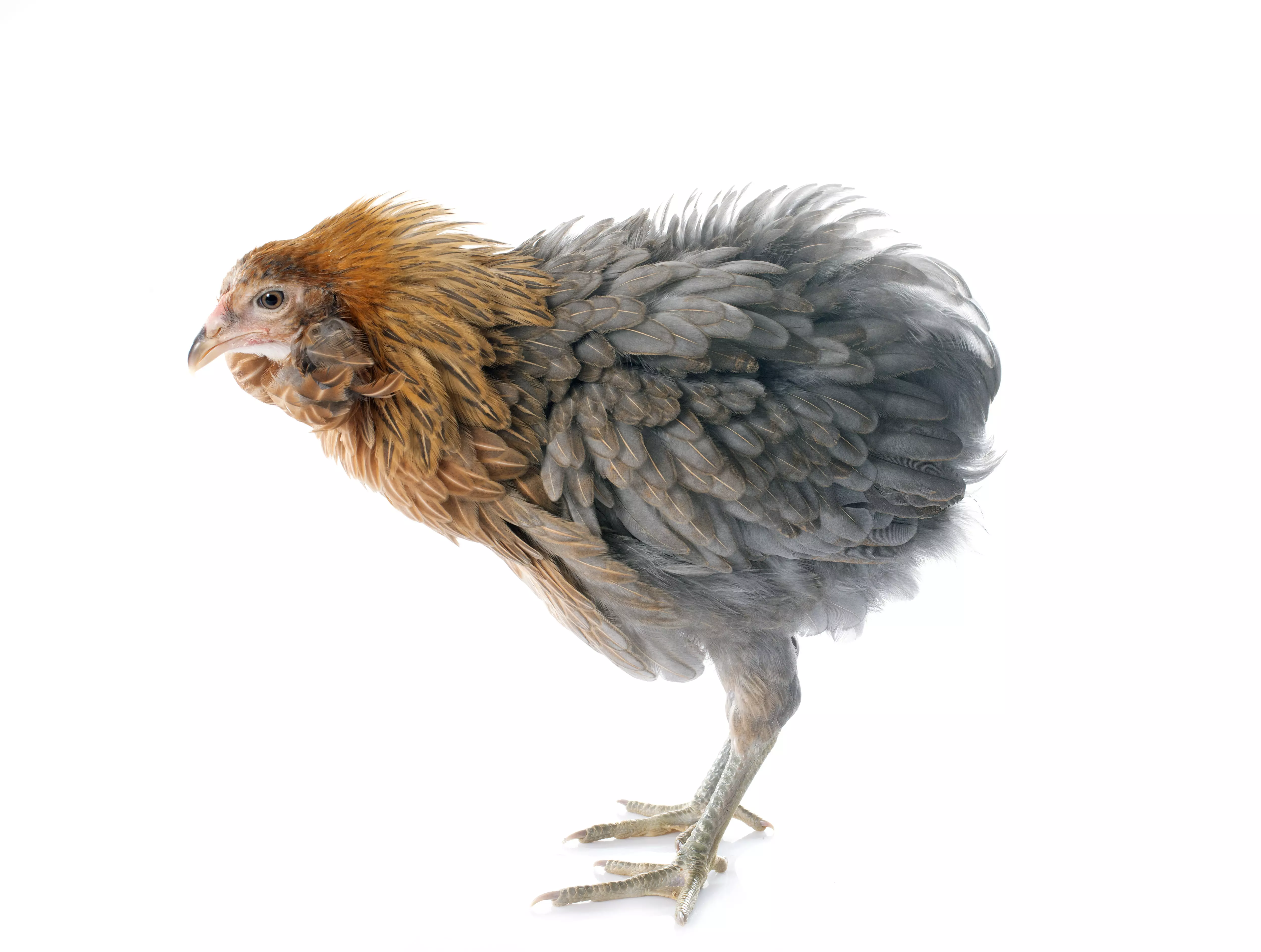Avian flu and the impact on poultry-related product exports
Avian flu and the impact on poultry-related product exports
The issue of avian influenza and its impact on the poultry industry has received increasing attention in recent years. The avian influenza virus is not only harmful to bird health, but can also have serious consequences for the economy and trade. In this article, we take a look at the impact of avian flu on poultry-related exports and the steps governments and the industry are taking to minimize the risk.
What is bird flu?
Avian flu, also known as avian influenza, is an infectious disease caused by influenza A viruses. The disease occurs mainly in birds, but some varieties can transmit to mammals, including humans. Avian influenza viruses are divided into different subtypes depending on their pathogenic properties and ability to transmit to other species.
Among birds, there are two main types of avian influenza virus: H5 and H7. Variants of these subtypes can have varying degrees of virulence for birds, ranging from mild infections to severe outbreaks that lead to mass deaths. In addition, some H5 and H7 variants are capable of transmission to humans, posing serious public health risks.
Risks to the poultry industry
Avian influenza poses a serious threat to the poultry industry, both locally and internationally. If cases of the virus are detected, the country is obliged to take strict measures to control the epidemic and protect the bird population.
One of the first steps taken when avian influenza is detected is to ban the export of birds, poultry meat and poultry products to other countries. This decision is aimed at preventing the spread of the virus and minimizing the risk of infecting other poultry flocks.
However, the export ban has a negative impact on the poultry industry, which depends on selling its products in foreign markets. A decrease in exports leads to overproduction and lower prices on the domestic market, which affects the profitability of poultry production.
Action taken by governments
Governments in countries where avian influenza has been detected are taking a number of measures to minimize the risk to the poultry industry and protect public health. One key action is the introduction of sanitary restrictions to minimize the risk of transmitting the virus to other farms.
In addition, governments are putting strict controls on poultry farms, including frequent veterinary inspections and monitoring of bird health. If the virus is detected, the principle of so-called "gassing," or depopulation of the infected flock, is also applied to prevent further spread of the disease.
In addition to national efforts, governments are also making diplomatic efforts to obtain permission to export poultry products from bird flu-free regions. This strategy helps minimize the impact of the export ban, as some foreign markets may be open to products from virus-free areas.
Technological innovations in the poultry industry
The poultry industry is actively seeking innovative solutions to help minimize the risks associated with avian influenza. One example is the use of intelligent systems to monitor the health of birds on farms. This allows early detection of infection and rapid response, minimizing the risk of spreading the virus.
Another innovation is the development of vaccines against bird flu. The introduction of an effective vaccine would help protect birds from infection, which in turn would reduce the risk of epidemics in poultry flocks.
An important aspect of technological innovation in the poultry industry is also the development of disinfection and cleaning methods that allow the virus to be effectively eliminated from breeding facilities. In this way, the risk of transmitting the virus to other poultry flocks can be minimized.
Summary
Avian influenza poses a serious threat to the poultry industry and may have a negative impact on the export of poultry-related products. The imposition of an export ban and the need for strict measures to control the outbreak affect the profitability of poultry production and could lead to overproduction in the domestic market.
However, government measures and technological innovations in the poultry industry are aimed at minimizing the risks associated with avian influenza. The introduction of sanitary restrictions, monitoring of bird health, development of vaccines and other methods of cleaning and disinfection are all effective measures in the fight against the virus.
The poultry industry must therefore adhere to certain standards and follow government recommendations to minimize the risk of avian influenza. By doing so, it is possible to protect bird health, keep farmers safe and minimize the disease's impact on international trade.